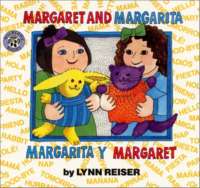
Margaret and MargaritaMargarita Y MargaretMargaret speaks English but not Spanish. Margarita speaks Spanish but not English. Can they still play? Of course they can! Join two robust girls who aren’t about to let anything spoil their fun.

Margaret and MargaritaMargarita Y MargaretMargaret speaks English but not Spanish. Margarita speaks Spanish but not English. Can they still play? Of course they can! Join two robust girls who aren’t about to let anything spoil their fun.
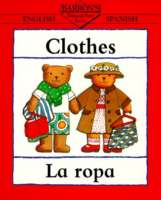
Cuddly and colorful teddy bears teach new words to very young children–and in two languages!.
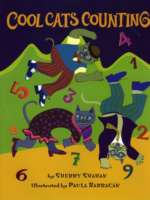
Donkeys lined up to dance the merengue? Rats in bolero hats? Pigs salsa dancing? And how cool are those cats anyway? Sherry Shahan and Paula BarragA-n, the collaborators behind the highly acclaimed Spicy Hot Colors, reteam in a burst of color and rhythm to introduce young readers to animals and numbers in English and Spanish. Shahan\’s poetic riffs suggest a variety of rhythms and dances, and BarragA-n\’s multimedia illustrations outfit the animals in vibrant costumes any diva would envy!
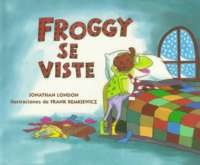
Froggy attempts to bundle himself up properly to face the winter day ahead in an amusing tale written in lively text and enhanced by full-color illustrations.
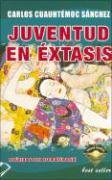
La novela de noviazgo y sexo prematrimonial más importante de la última década.
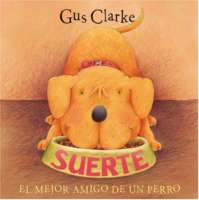
Meet Lucky, an endearing, cheerful little dog who really is lucky. He has plenty to eat, a roof over his head, a comfortable bed, and lots of friends. Lucky is very, very lucky. He just doesn’t have an owner…
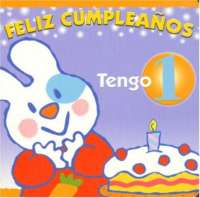
Saltitos the rabbit celebrates his first birthday with a cake, a birthday wish, and singing.
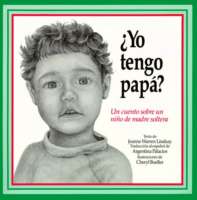
A single mother explains why Daddy is absent, offering advice from young mothers who have been there. Includes an advice section for single parents. Una madre soltera explica porque no está su papá, dando consejos a madres jóvenes, incluye una sección especial de consejos para madres y padres solteros.
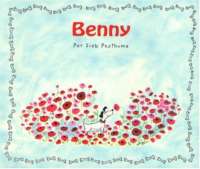
Benny no puede encontrar su hueso. Ha olfateado por todas partes y…nada. Efectivamente, ¡todos los olores han desaparecido! Quizás una visita al Dr. Duncan y a su Máquina Esnifadora le pueda ayudar.
Benny can not find his bone. He has smelled everywhere and … nothing. Indeed, all the smells have disappeared! Maybe a visit to Dr. Duncan and his Sniffer Machine can help him.
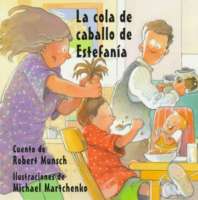
A little girl who is determined to strike a blow for nonconformity manages to arrive at school every day with a hairdo more outraegous than the day before. And each time, the cast of copycats grows and grows–until the day she threatens to shave her head! The strong female voice will speak to many, asserting the importance of individuality and independent thought. Full color.